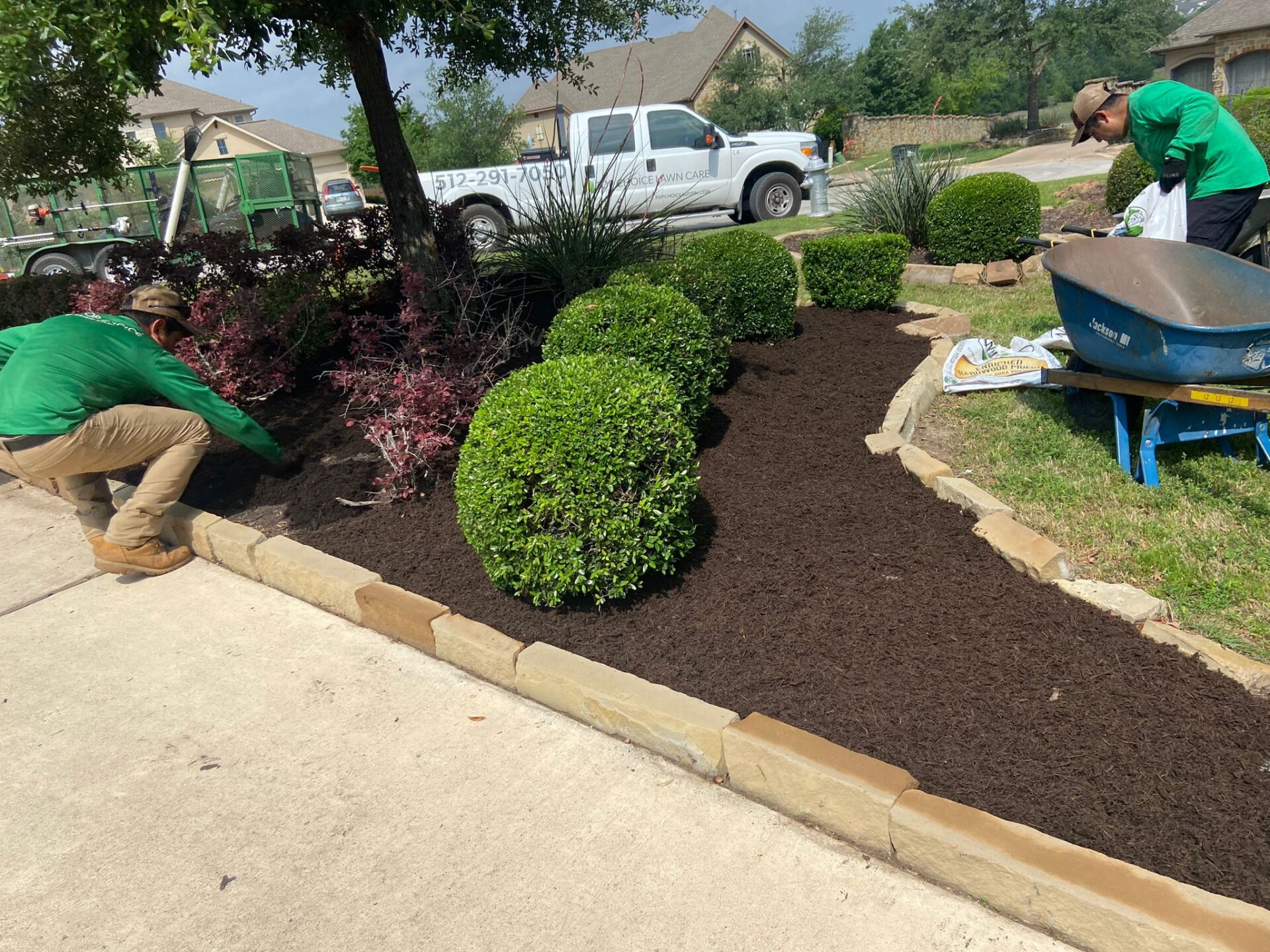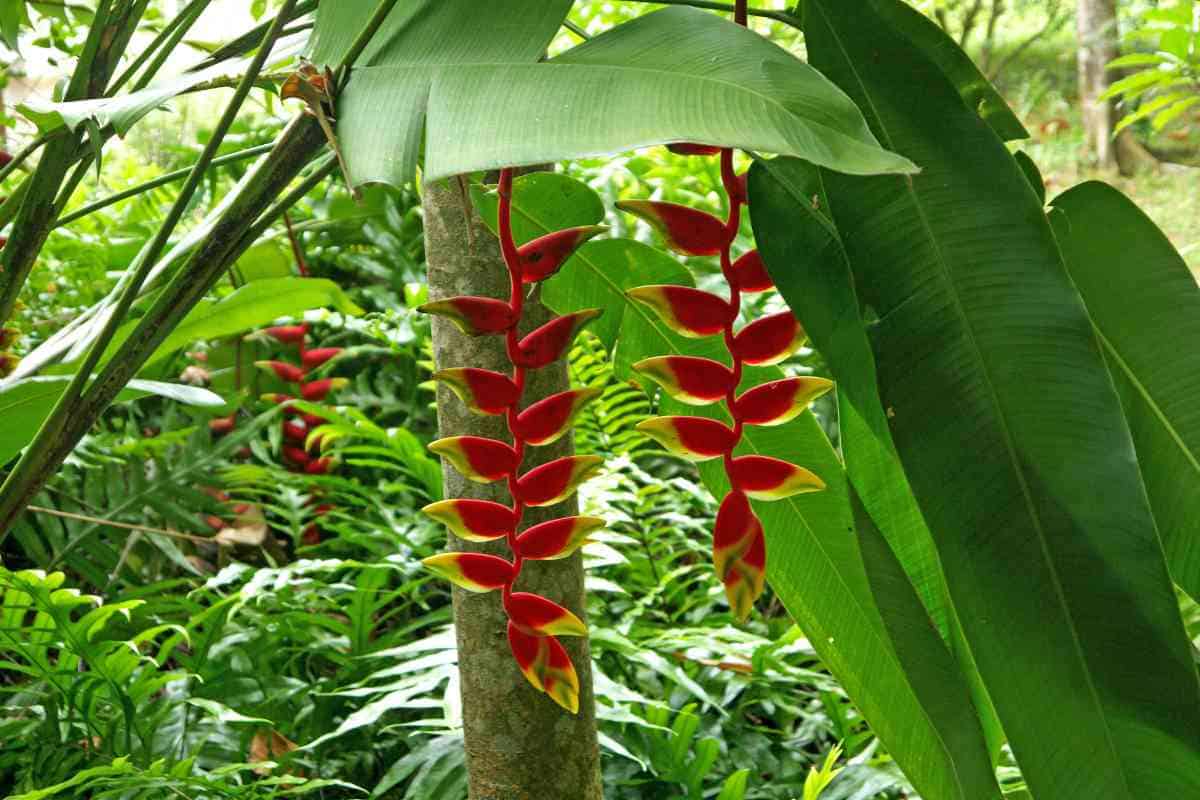Unlocking Lush Landscapes: The Best Perennial Groundcover Alternatives for a Thriving Garden
Gardening is a journey, a dance between you and nature. It’s about nurturing life, watching beauty unfold, and creating a space that nourishes both the soul and the senses. One of the cornerstones of a beautiful garden is the groundcover. Traditionally, gardeners have relied on a few familiar faces, but the world of perennial groundcover alternatives is vast and brimming with possibilities. This article delves into the exciting realm of groundcover alternatives, offering a wealth of information to help you transform your garden into a vibrant, resilient, and low-maintenance paradise. We’ll explore a variety of plants, their unique characteristics, how to choose the right ones for your specific needs, and how to care for them. Let’s get started!
Why Consider Perennial Groundcover Alternatives?
Before we dive into the plants themselves, let’s explore why you might want to consider alternatives to traditional groundcovers. The benefits are numerous and compelling:
- Erosion Control: Groundcovers are excellent at preventing soil erosion, especially on slopes. They act as a protective layer, holding the soil in place and preventing it from being washed away by rain or wind.
- Weed Suppression: A dense groundcover effectively smothers weeds, reducing the need for manual weeding or the use of herbicides. This saves you time and effort and contributes to a healthier garden ecosystem.
- Water Conservation: Groundcovers help retain moisture in the soil by reducing evaporation. This means you’ll need to water less frequently, conserving water and saving money.
- Aesthetic Appeal: Groundcovers add texture, color, and visual interest to your garden. They can create a lush, inviting atmosphere and complement other plants in your landscape.
- Habitat Creation: Many groundcovers provide habitat and food for beneficial insects, pollinators, and other wildlife, contributing to a more diverse and thriving ecosystem.
- Low Maintenance: Once established, many perennial groundcovers require minimal maintenance, making them an ideal choice for busy gardeners.
Traditional groundcovers, like ivy and pachysandra, can sometimes become invasive or lack the diversity and visual interest that many gardeners desire. Alternatives offer a wider range of options, allowing you to create a more dynamic and sustainable landscape.
Top Perennial Groundcover Alternatives
Now, let’s explore some of the best perennial groundcover alternatives, categorized by their characteristics and ideal growing conditions. We’ll cover sun requirements, soil preferences, and other essential information to help you choose the perfect plants for your garden.
1. For Sunny Locations
If your garden receives plenty of sunshine, these groundcovers will thrive:
- Creeping Thyme (Thymus serpyllum): This fragrant herb forms a dense mat of tiny, green leaves and produces delicate flowers in shades of pink, purple, or white. It’s drought-tolerant, attracts pollinators, and can even handle light foot traffic. Creeping thyme is a wonderful choice for pathways, between stepping stones, or cascading over walls.
- Sedum (Stonecrop): Sedums come in a wide variety of shapes, sizes, and colors, offering a diverse range of options for sunny gardens. Many sedums are succulents, making them drought-tolerant and low-maintenance. They also provide beautiful foliage and attractive blooms, adding visual interest throughout the growing season. Popular varieties include ‘Autumn Joy’ and ‘Dragon’s Blood’.
- Dwarf Coreopsis (Coreopsis spp.): These cheerful perennials produce masses of daisy-like flowers in shades of yellow, orange, and red. They are relatively low-maintenance, drought-tolerant, and attract butterflies and other pollinators. Dwarf coreopsis is a great choice for adding a splash of color to sunny borders and rock gardens.
- Ice Plant (Delosperma spp.): This succulent groundcover is known for its vibrant, daisy-like flowers in shades of pink, purple, and orange. It’s extremely drought-tolerant and thrives in hot, sunny conditions. Ice plant is an excellent choice for slopes, rock gardens, and other areas with well-draining soil.
2. For Shady Locations
If your garden is shaded, these groundcovers will flourish:
- Pachysandra (Pachysandra terminalis): This classic groundcover is a reliable choice for shady areas. It forms a dense, evergreen mat of glossy, dark green leaves. While it can be somewhat invasive, it’s relatively easy to control and provides excellent weed suppression.
- Wild Ginger (Asarum canadense): This native perennial forms a lush carpet of heart-shaped leaves and produces small, inconspicuous flowers. It’s a beautiful and elegant groundcover for shaded woodland gardens.
- Creeping Phlox (Phlox subulata): Despite the name, creeping phlox can tolerate partial shade. It produces a profusion of colorful, star-shaped flowers in spring, creating a stunning display. It’s a great option for rock gardens and slopes.
- Bugleweed (Ajuga reptans): This fast-spreading groundcover forms a dense mat of foliage and produces spikes of blue, purple, or white flowers. It’s relatively low-maintenance and can tolerate a variety of soil conditions.
3. For Moist Soil
If your garden has consistently moist soil, these groundcovers will thrive:
- Sweet Woodruff (Galium odoratum): This delicate groundcover features whorls of bright green leaves and produces fragrant white flowers in spring. It thrives in moist, shady conditions and is known for its ability to spread and fill in quickly.
- Foamflower (Tiarella cordifolia): This native perennial features attractive, heart-shaped leaves and produces delicate, foamy white flowers. It thrives in moist, shaded conditions and adds a touch of elegance to woodland gardens.
- Lungwort (Pulmonaria spp.): Lungwort is a shade-loving perennial with attractive, spotted foliage and clusters of bell-shaped flowers in shades of pink, blue, and purple. It thrives in moist, well-drained soil and adds visual interest to shady areas.
- Japanese Painted Fern (Athyrium niponicum pictum): While technically a fern, this plant acts as a groundcover in moist, shady locations. The silvery fronds with burgundy highlights offer a unique aesthetic.
4. For Dry Soil
If your garden has dry soil, these groundcovers will flourish:
- Creeping Sedum (Sedum spp.): Many creeping sedums are well-suited to dry conditions. They are drought-tolerant, low-maintenance, and come in a variety of colors and textures.
- Woolly Thyme (Thymus pseudolanuginosus): This fragrant herb forms a dense mat of soft, woolly leaves and produces small, pink flowers. It’s drought-tolerant and can handle light foot traffic.
- Blue Star Creeper (Pratia pedunculata): This delicate groundcover features tiny, blue, star-shaped flowers and thrives in dry, sunny conditions. It’s a great choice for pathways and between stepping stones.
- Rockfoil (Saxifraga spp.): Rockfoils are a diverse group of plants that thrive in well-drained soil, including dry conditions. They come in various forms, from low-growing mats to taller clumps, and offer a range of textures and colors.
Choosing the Right Groundcover Alternatives for Your Garden
Selecting the right groundcover alternatives involves considering several factors:
- Sunlight: Determine the amount of sunlight your garden receives. Some groundcovers thrive in full sun, while others prefer shade.
- Soil Conditions: Assess your soil’s drainage, moisture level, and pH. Choose groundcovers that are well-suited to your soil type.
- Climate: Consider your local climate and choose groundcovers that are hardy in your area.
- Maintenance Preferences: Decide how much time and effort you’re willing to spend on maintenance. Some groundcovers are low-maintenance, while others require more attention.
- Aesthetic Goals: Consider the overall look you want to achieve in your garden. Choose groundcovers that complement your existing plants and create the desired visual appeal.
- Growth Habit: Consider the growth habit of the groundcover. Some spread rapidly, while others are more contained.
Planting and Caring for Groundcover Alternatives
Once you’ve chosen your groundcover alternatives, it’s time to plant them. Here are some general guidelines:
- Prepare the Soil: Before planting, prepare the soil by removing weeds, rocks, and other debris. Amend the soil with compost or other organic matter to improve drainage and fertility.
- Spacing: Space the plants according to the recommended spacing for each species. This will allow them to spread and fill in properly.
- Watering: Water the plants regularly, especially during the first few weeks after planting. Once established, many groundcovers are drought-tolerant and require less frequent watering.
- Mulching: Apply a layer of mulch around the plants to help retain moisture, suppress weeds, and regulate soil temperature.
- Fertilizing: Fertilize the plants sparingly, as excessive fertilization can lead to excessive growth and reduce flowering.
- Pruning: Prune the plants as needed to maintain their shape and encourage growth.
- Weed Control: Regularly remove any weeds that appear among the groundcover.
Common Mistakes to Avoid
To ensure your groundcover alternatives thrive, avoid these common mistakes:
- Planting in the Wrong Location: Choose groundcovers that are suited to your garden’s sunlight and soil conditions.
- Overwatering: Overwatering can lead to root rot and other problems. Water only when the soil is dry to the touch.
- Over-fertilizing: Excessive fertilization can lead to excessive growth and reduce flowering.
- Ignoring Weed Control: Weeds can compete with groundcovers for resources. Regularly remove any weeds that appear.
- Not Considering Growth Habit: Consider the growth habit of the groundcover and choose plants that will fit your space.
Beyond the Basics: Creative Uses for Groundcover Alternatives
Groundcover alternatives offer endless possibilities for creative landscaping:
- Living Mulch: Use groundcovers as a living mulch around trees, shrubs, and other plants. This helps to suppress weeds, retain moisture, and improve soil health.
- Erosion Control on Slopes: Plant groundcovers on slopes to prevent soil erosion and stabilize the soil.
- Pathways and Stepping Stones: Use groundcovers between stepping stones or along pathways to create a soft, inviting surface.
- Rock Gardens: Incorporate groundcovers into rock gardens to add texture, color, and visual interest.
- Container Gardens: Use groundcovers in container gardens to add a cascading effect and fill in empty spaces.
- Green Roofs: Some groundcovers are suitable for green roofs, providing insulation, stormwater management, and habitat for wildlife.
Conclusion: Embrace the Beauty and Benefits of Perennial Groundcover Alternatives
Perennial groundcover alternatives offer a wealth of benefits for your garden, from erosion control and weed suppression to aesthetic appeal and habitat creation. By choosing the right plants for your specific needs and providing proper care, you can transform your garden into a thriving, low-maintenance paradise. Embrace the diversity and beauty of these alternatives and discover the endless possibilities for creating a lush, inviting landscape. Remember to consider your specific growing conditions, maintenance preferences, and aesthetic goals when selecting your groundcover alternatives. With a little planning and effort, you can create a garden that is not only beautiful but also beneficial to the environment and your well-being. Happy gardening!


